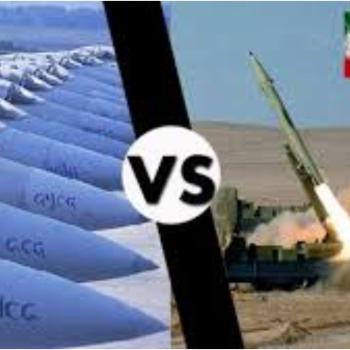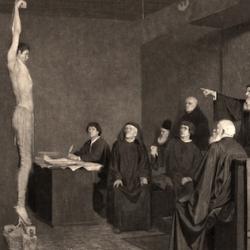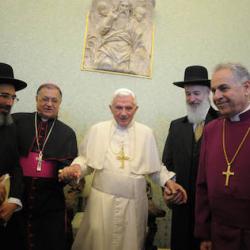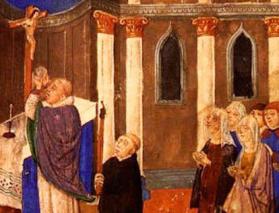Senator Robert Kennedy was shot on June 5, 1968. The next day, Veronica Lueken of Bayside, New York, was praying to St. Therese of Lisieux for Kennedy when she was surrounded by the fragrance of roses. Over the next months, she began writing poetry that she later attributed to St. Therese. By the time she died in 1995, she claimed she had received and communicated 300 messages from Jesus, Mary, and saints.
The messages were not reassuring. She became convinced that a disaster was just over the horizon, denounced Vatican II, and later claimed that Paul VI was really a communist whose appearance had been altered by plastic surgery. The real Pope was in confinement somewhere.
Not surprisingly, the Catholic hierarchy did not take kindly to Lueken’s revelations. When her group, known as the “Baysiders,” defied orders and continued to meet at the church of St. Robert Bellarmine, the church’s leaders disrupted the meeting by reading official condemnations of Lueken over a bullhorn – a type of “acoustic warfare.”
Joseph Laycock’s forthcoming The Seer of Bayside tells the story of the sect, but as an ethnographer and student of religious groups Laycock’s interests are not only are broader and more theoretical. Despite condemnations from Catholic authorities, the Baysiders continued to think of themselves as loyal Catholics – more loyal, they claimed than the Catholics who followed the fake Pope Paul VI.
The Baysider story thus raises questions about how religious groups establish and maintain boundaries. For Laycock, the boundaries of “imagined communities” like the Catholic church are always under negotiation. According to Laycock, the Baysiders didn’t so much attack fixed Catholic boundaries as engage in “an ongoing and asymmetrical debate about what Catholicism is.”
The story also highlights the role of sacred space, as the Baysiders staked their existence on the places where they gathered for prayer and to hear Lueken’s revelations – first at the church of St. Robert Bellarmine, then at two places on the site in Flushing Corona Park in Queens where the Vatican booth had been set up at the 1964-65 World’s Fair (two groups because there was a schism in 1997).
Laycock tells an inherently fascinating story well and fairly, if slightly tilted against the Catholic hierarchy.















